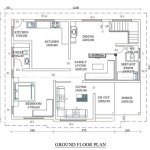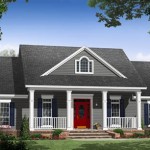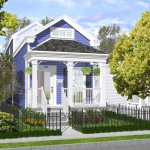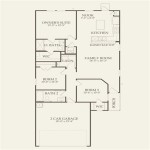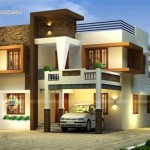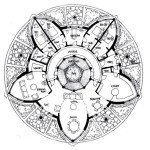House Design and Plan with Blueprint in Unreal Engine 4
Unreal Engine 4 offers robust capabilities for designing and planning houses with its Blueprint visual scripting system. This article will guide you through the essential aspects of house design and planning within Unreal Engine 4, empowering you to create immersive and realistic virtual environments.
Layout and Blueprint Scripting
The layout of a house is the foundation of its design. In Unreal Engine 4, you can create rooms, hallways, and other spaces using Blueprint Actors. These actors are placed in the level and connected with doorways and triggers to create a navigable and logical floor plan. Blueprint scripting allows you to define the functionality of these actors, such as opening and closing doors or triggering events.
Example: You can create a Blueprint Actor for a door that includes a Boolean variable to control its state (open or closed). When the player interacts with the door (e.g., by pressing a button), the Blueprint can execute code to change the state of the door and trigger an animation to open or close it.
Materials and Textures
The materials and textures applied to objects in your house design bring them to life. Unreal Engine 4 supports a wide range of materials, including wood, metal, glass, and fabrics. You can create custom textures or import them from external sources. By applying materials and textures to your assets, you can add realism and detail to your virtual environment.
Example: To create realistic wooden floors, you can apply a wood material with a high-resolution texture. The texture can include details such as wood grain, knots, and scratches, giving the floor a lifelike appearance.
Lighting and Shadows
Lighting plays a crucial role in creating the atmosphere and mood of your house design. Unreal Engine 4 provides powerful lighting tools, such as directional lights, point lights, and spotlights. You can use these lights to illuminate different areas of your house and cast realistic shadows. Lighting can also be used to create dramatic effects, such as highlighting architectural features or creating a sense of mystery.
Example: To create a cozy living room, you can use warm, indirect lighting from table lamps and floor lamps. By placing these lights strategically, you can create a soft and inviting atmosphere.
Furniture and Decor
Furniture and decor are essential for making your house design feel complete. Unreal Engine 4 offers a wide range of pre-built assets, including furniture, appliances, and decorative items. You can also import your own custom assets or purchase assets from the Unreal Marketplace. By carefully arranging furniture and decor, you can create a house that feels both realistic and lived-in.
Example: To create a modern living room, you can arrange a sleek sofa, coffee table, and accent chairs around a fireplace. You can then add decorative items such as throw pillows, rugs, and artwork to complete the look.
Conclusion
House design and planning in Unreal Engine 4 with Blueprint offers a powerful toolset for creating immersive and realistic virtual environments. By understanding the fundamental aspects of layout, materials, lighting, and furniture, you can design houses that are both functional and visually stunning. With a bit of practice and imagination, you can create unique and engaging experiences for your users.

House Design And Plan With Blueprint Unreal Engine 4

Floorplan Framework Building System In Blueprints Ue Marketplace

Building A House In Unreal 4 Part 1 Pinnguaq

Model And Design Your House By Unreal Engine 5 Fabionguyen91 Fiverr

Archviz Blueprint Creation With Unreal Engine 5 Creating Taskbar Widget Part 2

Unreal Engine 5 Getting Started With Blueprints Udemy

Create Unreal Engine 4 And 5 Blueprints For Your Game Or Project By Aerixart Fiverr

Design Blueprints For You In Ue4 By Jakespanswick Fiverr

Create And Fix Blueprints For Your Unreal Engine 5 Game By Joshmessier Fiverr

25 Off Unreal Engine 5 Create Game In Ue5 With Blueprint Course Lifetime

